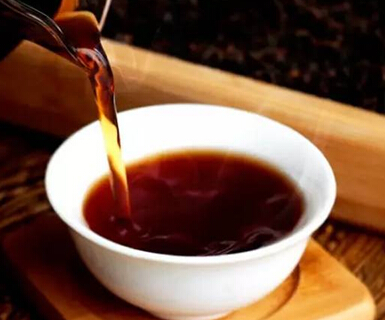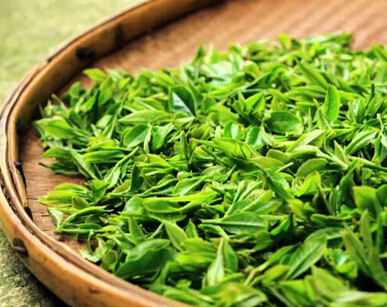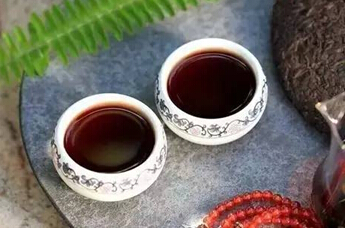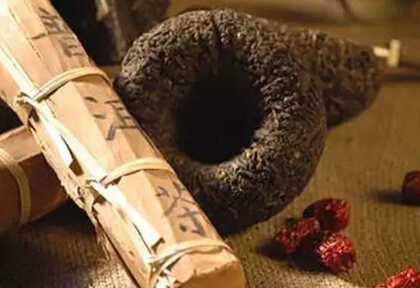Most tea lovers in the north prefer ripe Pu-erh tea, firstly because of its mellow taste, which is easier for beginners to accept. Secondly, the tea liquor has a beautiful, bright red color, resembling red wine, giving a warm feeling. Thirdly, ripe Pu-erh, after fermentation, has a gentle nature and can warm the stomach, making it very suitable for the elderly and women.
However, while it's known that ripe Pu-erh is fermented, do you understand the fermentation process?

Q: Does the pile fermentation of ripe Pu-erh require adding anything? For example, like adding yeast to make wine or adding sourdough to ferment dough?
A: No, just add an appropriate amount of water! The fermentation of ripe Pu-erh is an extremely complex biochemical reaction catalyzed by enzymes naturally present in the tea, which promote the rapid reproduction of beneficial microbes under suitable conditions. It only requires the right environment—no additives are needed. The enzymes, microbes, and material basis required for this reaction are all inherent in sun-dried raw tea.

Q: Are tea buds less resistant to fermentation?
A: Quite the opposite. Tea buds ferment the slowest in the pile. If a pile over-ferments (known as "burning the pile"), the bud portions remain largely unaffected.
Q: Hasn't ripe Pu-erh already been fermented? Does it still have aging potential?
A: Pile fermentation is like rough sanding, while storage aging is fine polishing. It's difficult for ripe Pu-erh to ferment to "full maturity," meaning most ripe Pu-erh still has room for transformation. After fermentation, the microbes remain alive, continuing to slowly reproduce and oxidize during storage, making the fermentation more thorough and the flavor mellower.

Q: I heard the fermentation of ripe Pu-erh is unhygienic. Is that true?
A: This stems from a misunderstanding of fermented foods. Like all fermented foods, the hygiene of ripe Pu-erh fermentation relies on microbial suppression. When fermentation proceeds normally, beneficial microbes, catalyzed by enzymes, reproduce at rates thousands of times faster than other microbes. As long as enzyme activity is ensured, beneficial microbes quickly dominate all resources in the pile, "starving" other microbes. A professor in Taiwan once attempted to introduce aflatoxin into a fermenting tea pile but failed. If fermentation doesn't proceed normally, off-flavors in the tea can be easily detected through sensory evaluation—like rotten leaves, obvious even without expertise. Therefore, any ripe Pu-erh with a pure and mellow aroma can be safely consumed—just like any other fermented food.

Q: Is blending also used for ripe Pu-erh? How is it blended?
A: Blending is crucial for ripe Pu-erh, aiming for "stability"—primarily to maintain consistent cost and quality. Blending ensures that teas from different batches, years, and grades achieve a uniform profile, enabling large-scale production. The stability of ripe Pu-erh cakes is achieved by blending teas from different fermentation piles. During pile fermentation, each pile may vary slightly, causing fluctuations in quality. Blending multiple piles balances these differences for more consistent quality.